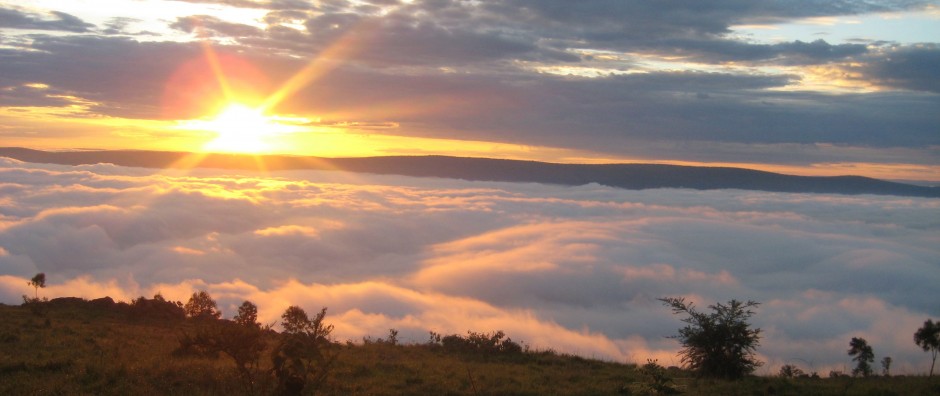This post will join some of the disparate ideas I have been blogging about into something resembling context for thinking about the failures of the Tanzanian school system. Most of the following is based on my personal experiences and what I have gleaned from conversations with Tanzanians, so it may not be entirely true, but even if it isn’t it represents – to an extent – the views of Tanzanian teachers. And when it doesn’t represent the view of Tanzanian teachers, it is based on my own observations or knowledge.
Most educated Tanzanians that I have talked to seem to think there was a time when the education system was much better than it is now. While I have no way to judge whether this is true or not at the present time, I suspect that it is true. Historically, (again, this is mostly things I have put together from the aforementioned educated Tanzanians, so take it with a grain of salt) Tanzanian secondary schools were for the best and the brightest primary school students. They were academically rigorous. and as far as I can tell most of the students who went to secondary school were expected to go on to advanced studies, and then to university. They were also selective. There were not many secondary schools, and they tended to be boarding schools, so that students without a secondary school in their area could attend.
As a mentioned in my last post, over the last 10-15 years, under international political pressure to provide universal secondary school education, Tanzania began a massive expansion of the secondary school system, when realistically Tanzania was not ready for an expansion of this magnitude. This pressure seems to have come largely from development groups and the UN, but conceivably Tanzanians were interested in this as well. So, secondary schools were built everywhere, even in the most remote wards.
Presumably, some problems quickly became evident. First, there were not enough teachers to teach in these remote areas, and not many people wanted to move to “the bush” to teach. Second, there were not enough students. The primary school system in Tanzania has many of its own problems, but among them are the fact that the language of instruction in Swahili, and the fact that most students do really poorly in primary school, as a result of not having enough teachers and resources.
The first problem was resolved by staffing schools at a minimal level (see: 5 teachers for 300 students at one school in specific, but this is a common problem). The second problem was resolved, gradually, by allowing failing primary students to advance to secondary school. This mostly allows the government to look good (“look how many students we have in secondary school!”), except when people realize that even though students are in secondary school they are failing (“there were some problems this year with teaching, and some schools don’t have enough teachers or resources, but we expect to improve performance next year”).
This creates a major problem in secondary schools. For example, I would say that over half the students at Ngara Secondary never have any chance at all of passing their national examinations. Another quarter might have a small chance if the school had better, or more dedicated teachers. The final quarter have a decent chance, despite the bad odds because they are dedicated, driven, go to tuition (they pay for class after school), and maybe had the luck to go to a private English medium primary school or have had siblings who have learned English. The reasons for this are extensive, but primarily this is because secondary schools are teaching students who failed Swahili language primary school in English, and are teaching an advanced curriculum designed for university bound students.
This creates a host of problems in the secondary schools themselves, whose teachers now have to teach a difficult curriculum to students who don’t have the English ability, or scholastic foundation to understand the vast majority of what they are being taught. Obviously the problems of Tanzanians schools have a variety of roots, but in some sense we could identify these two problems as the major structural impediments to improved education at the secondary school level.
